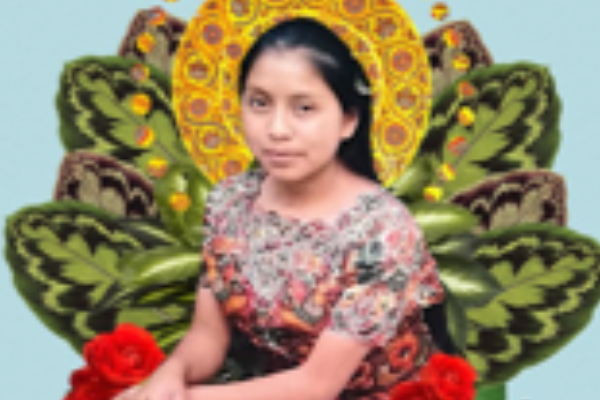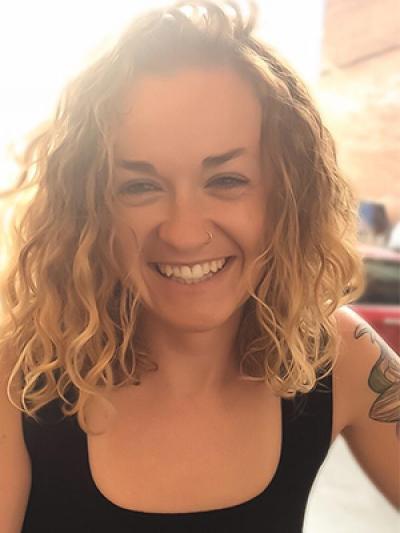Comparing Responses to State Violence Across Borders

By Graduate Student Kristen Kolenz, Department of Women's, Gender and Sexuality Studies

When I heard about the deaths of Jakelin Amei Rosmery Caal Maquín (age 7) and Claudia Patricia Gómez González (age 20) on the U.S. side of the border with Mexico, I thought of the teenage girls who died in the March 2017 Hogar Seguro fire in Guatemala City. I had been studying the Hogar Seguro situation; the girls had been detained in a state-run facility and, due to their caregivers’ negligence, were kept inside a burning classroom for nine minutes. Forty-one girls died as a result of the fire and fifteen more were left with life-altering injuries. While this unnatural disaster happened thousands of miles away from the tragedies at the border, they are all examples of girls dying violently within state-sanctioned detention apparatuses intended to maintain safety and security. As I thought about these cases together, the similarities became a stronger force than the divisive power of national borders, and I began asking how do we respond to and organize against violences that transgress the boundaries of the state?
Thanks to the Migration, Mobility, and Immobility Project, I traveled to the U.S.-Mexico border to answer my question. Deploying methods similar to those from my Guatemala City research, I sought out activists who were already organizing to challenge the kinds of violences that Jakelin and Claudia experienced. The most impactful part of my research became the two weeks I spent with No More Deaths, a Tucson-based humanitarian aid organization dedicated to documenting human rights abuses in the Sonoran Desert and leaving life-saving supplies on the paths that migrants follow north. I joined the volunteer-powered crew and hiked the desert with gallons of water on my back, following trails of left items, trodden earth and past volunteers’ notes. Combining the physical challenges of the terrain, the unpredictability of monsoon season and the 100+ degree heat, I learned quickly that the desert is hospitable only to the organisms adapted to life there. As we walked, we were constantly on high alert for injured, ill or lost migrants and often inspected drying bones to be sure they were not human. Ever-increasing surveillance is forcing undocumented crossers into less and less hospitable passages, farther and farther away from food, water and the border communities that have always lent a hand to those heading north.
In the desert, just like in Guatemala City, I found that altars are central to activist organizing. In the Hogar Seguro case, a dedicated collective of feminists lights a ceremonial fire in Guatemala City’s central plaza, bringing candles, flowers and petitions weekly to demand truth and justice for the 41 girls. Similarly, No More Deaths volunteers carry water, beans and fresh socks to strategic points that become improvised altars, fighting against the ongoing migrant death. As I continue writing my dissertation, I offer a reading of the altars, the places where we leave our intentions for justice, transparency and an end to violence, as transformative tools toward social change.
